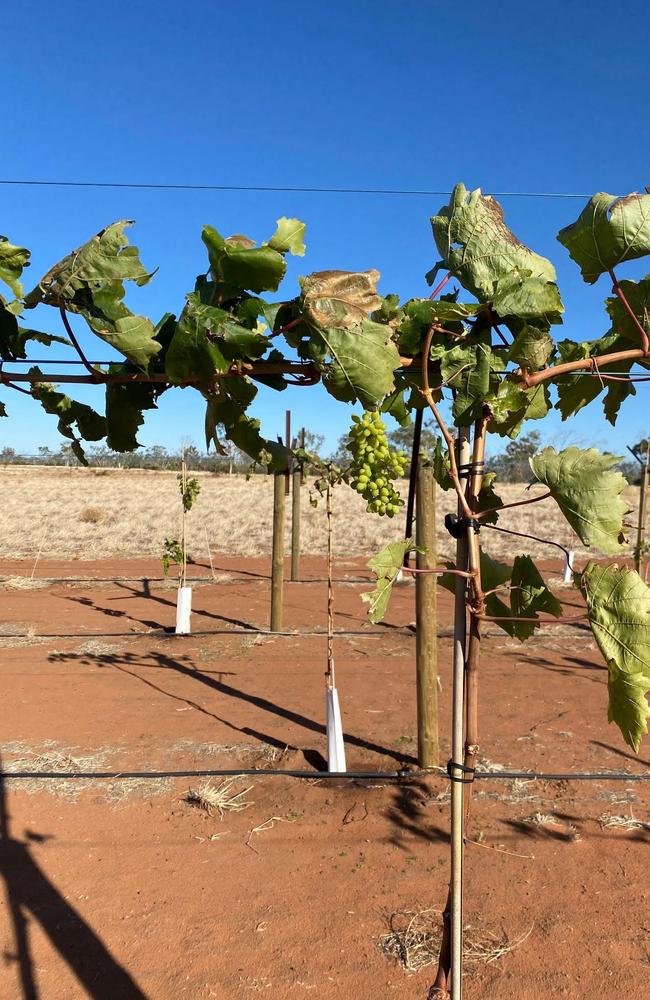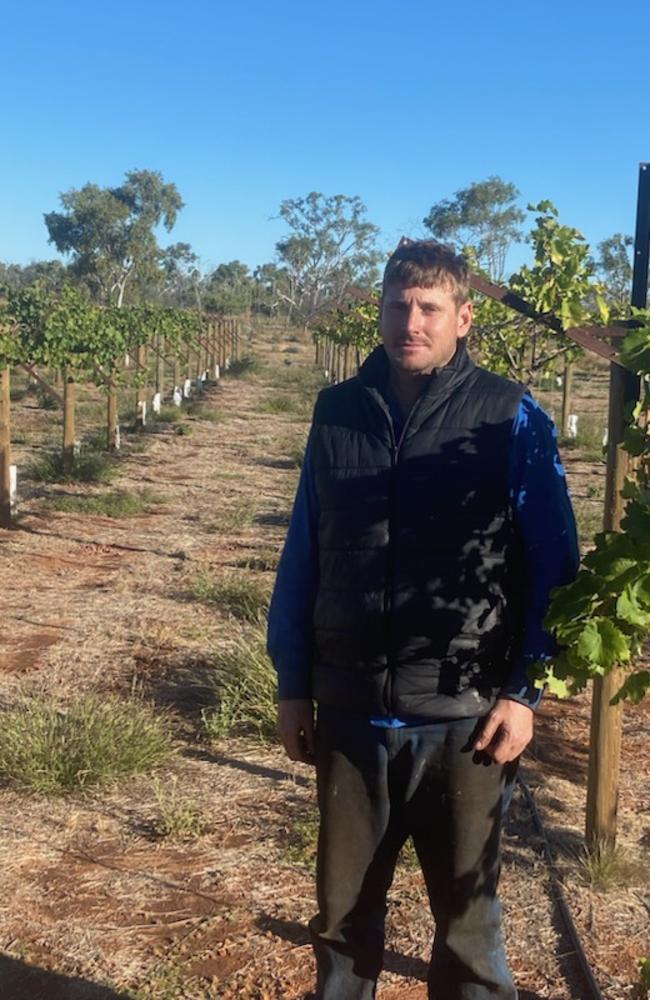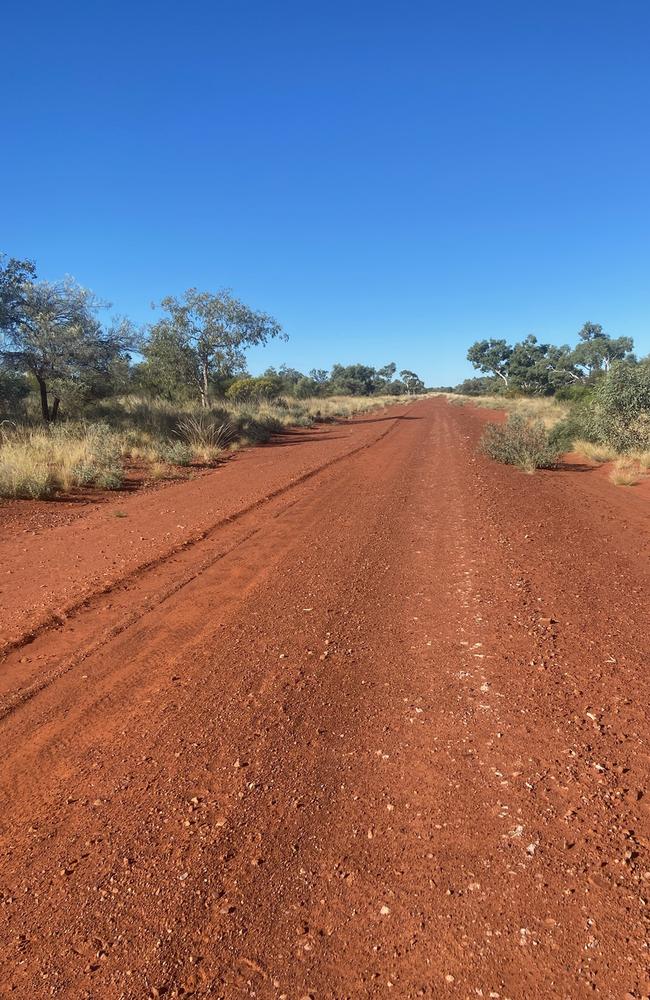Community call-out to guide environmental plan for orchard project
Stakeholders have a fortnight to lodge submissions that will help set the environmental guidelines for Fortune Agribusiness’ Singleton orchard proposal. Read how to contribute.
Business
Don't miss out on the headlines from Business. Followed categories will be added to My News.
Territorians are being asked to contribute to the draft terms of reference to guide preparation of the Environmental Impact Statement for Fortune Agribusiness’s Singleton Station horticulture project.
The Northern Territory Environment Protection Authority wants public feedback and comment to support preparation for the draft EIS, which is phase two in the six-phase environmental approval process.
Fortune wants to develop 3300 hectares of annual and perennial crops at Singleton Station, about 135km south of Tennant Creek, supported by staged groundwater extraction of up to 40,000 megalitres, workers accommodation and farming operations infrastructure.

To be developed in four stages over nine years, construction for phase one of Fortune’s project is expected to begin this year, with full operation expected by 2036, when all trees and vines have reached maturity.
The $250m orchard development is currently trialling a 0.4ha pilot orchard a few minutes walk from Singleton Station homestead, with results so far indicating strong tree, vine and fruit growth since first planting in October 2021.
With the trials expected to continue until at least late 2024, Singleton is data sharing with the Department of Industry, Tourism and Trade.

Fortune wants to clear 4037ha of pastoral land for development of 3300ha of irrigated crops, with maximum groundwater extraction of up to 40,000 megalitres a year from 144 bores subject to development over four stages.
This represents about 0.03 per cent of water in the Western Davenport aquifer system.
The Singleton project will include a services hub including accommodation for about 150 permanent staff and their families as well as up to 1350 seasonal staff, packing facilities, cold storage and machinery workshops, telecommunications, a potential future power station and power transmission upgrades from Tennant Creek
First plantings have included mandarins, oranges, grapefruit, limes, jujube, dried and table grapes, avocadoes and agave.

The draft EIS requires an overview of the proposal including details on the proponent, lifespan, key components, development stages and appropriate maps identifying potentially affected areas.
Also required is a summary of the key environmental values of the potentially impacted area, a summary of potential environmental impacts and measures to avoid and offset potential impacts of the proposal including outcomes for environment protection.
A rehabilitation plan must also be provided.
The Singleton project is supported by the NT government, which believes economic diversity will help the NT economy to $40bn from about $26bn by 2030.
If the draft EIS terms of reference is approved, Fortune will then be required to submit a draft environmental impact statement to NT regulators.
Fortune Agribusiness chairman Peter Wood said this could take between 18 months and two years to prepare.
A civil action against Water Minister Kate Worden’s water extraction license approval was launched by the Arid Lands Environment Centre before Justice Peter Barr last September, and remains in the court system.
Submissions must be lodged with the EPA by September 13.





